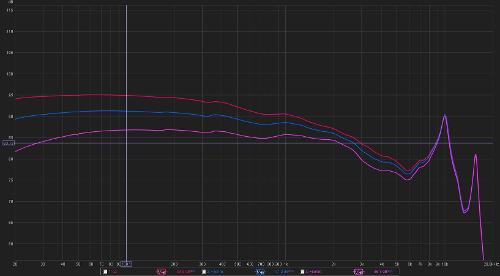coinmaster
1000+ Head-Fier
I know a lot of people hate the idea that cables sound different but is there any agreement that wire purity contributes?
For example Mogami cable witch is made of OFC copper vs other expensive OCC copper with 7n purity type 6 litz with cotton and all that other jazz.
For example Mogami cable witch is made of OFC copper vs other expensive OCC copper with 7n purity type 6 litz with cotton and all that other jazz.






